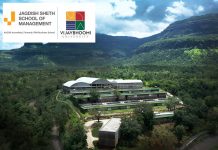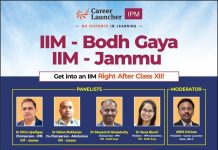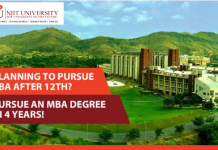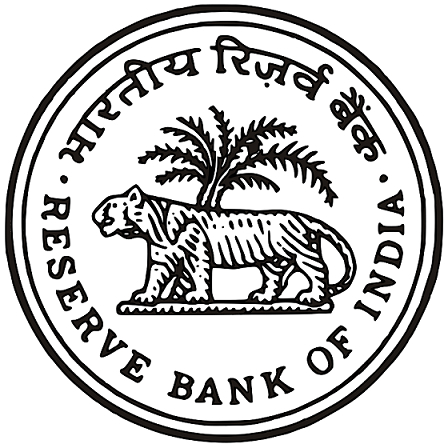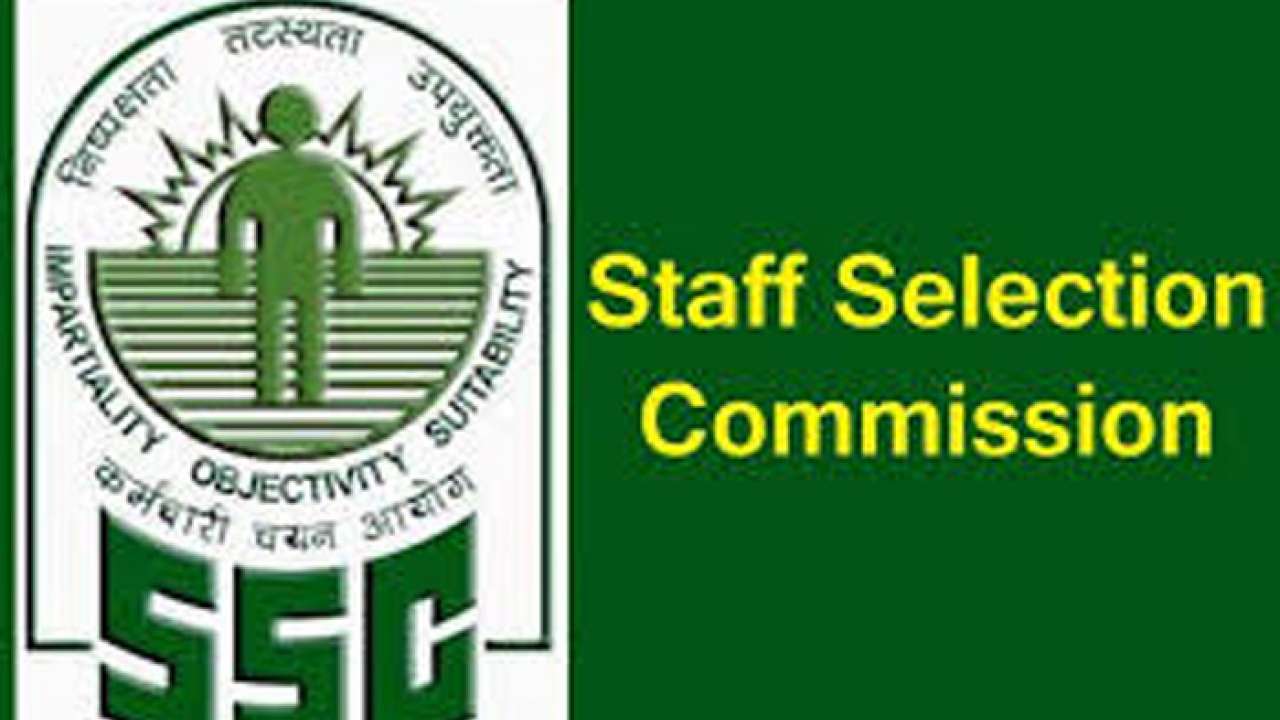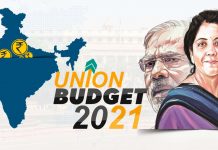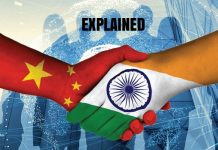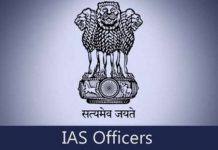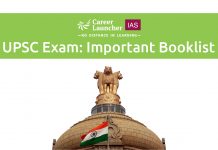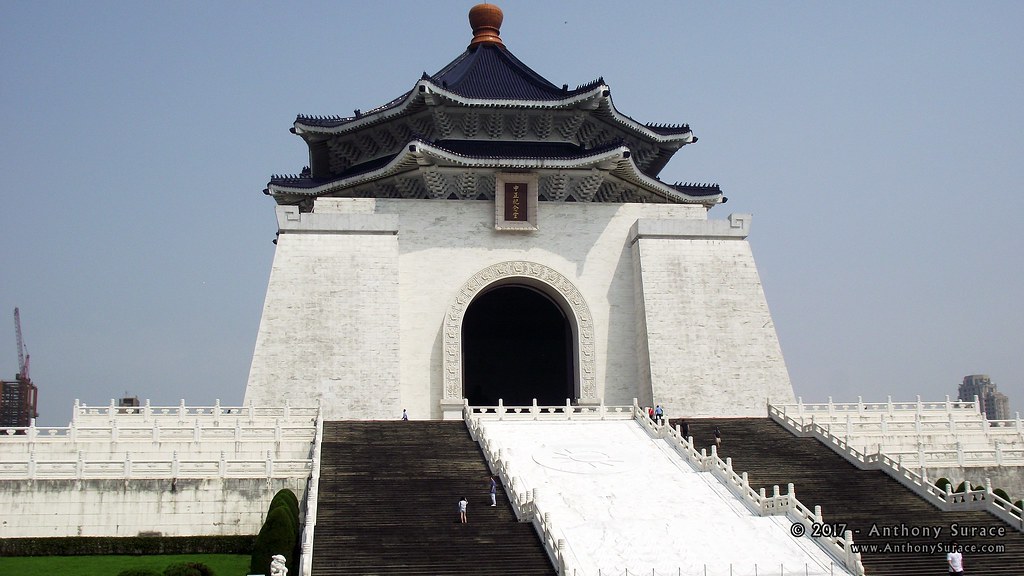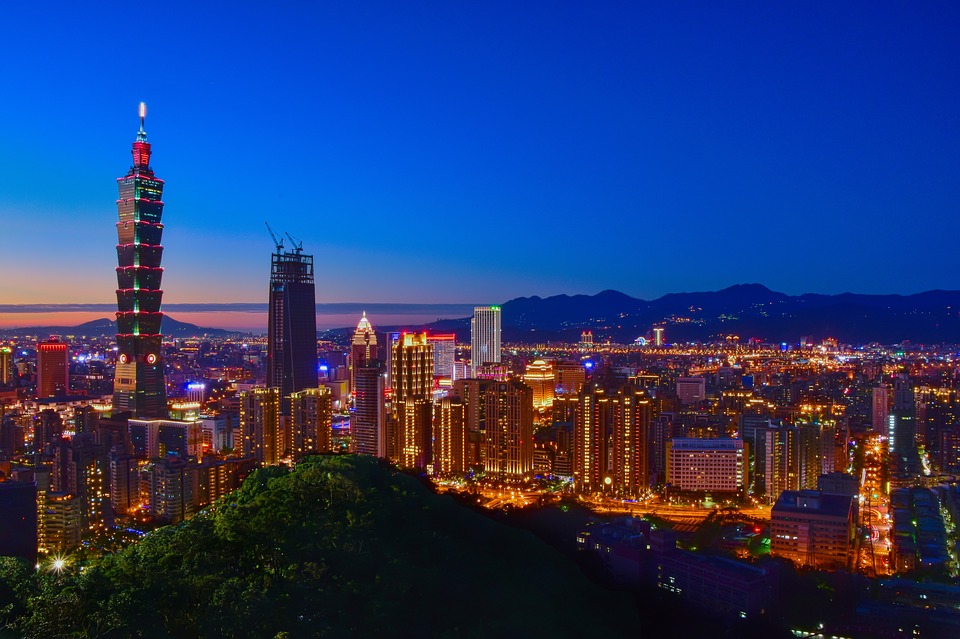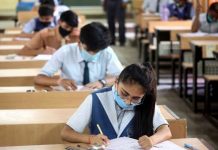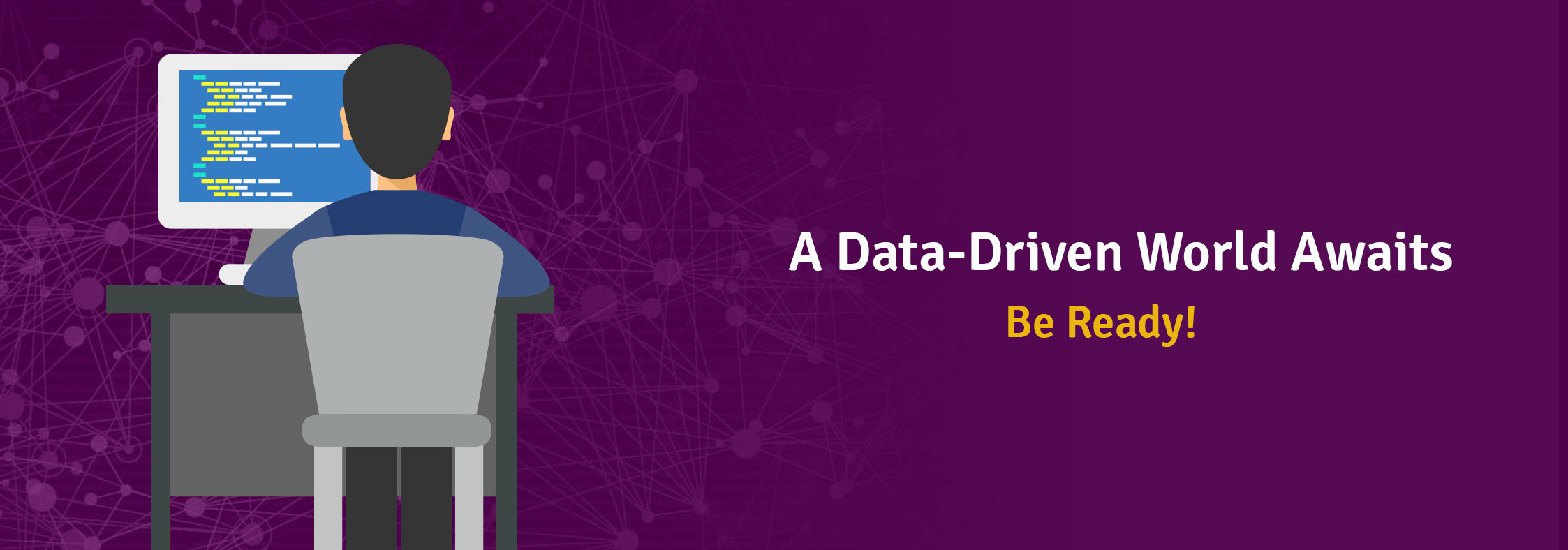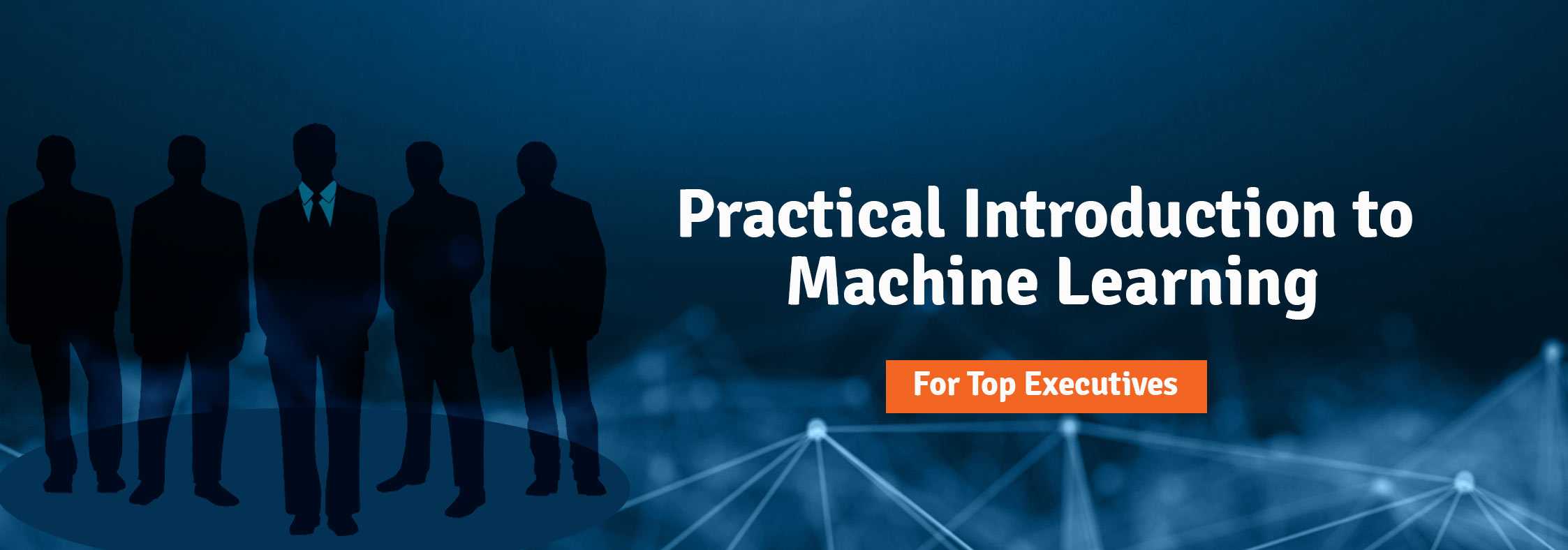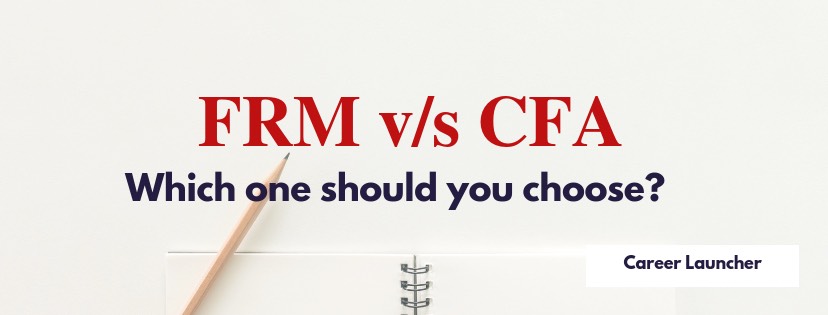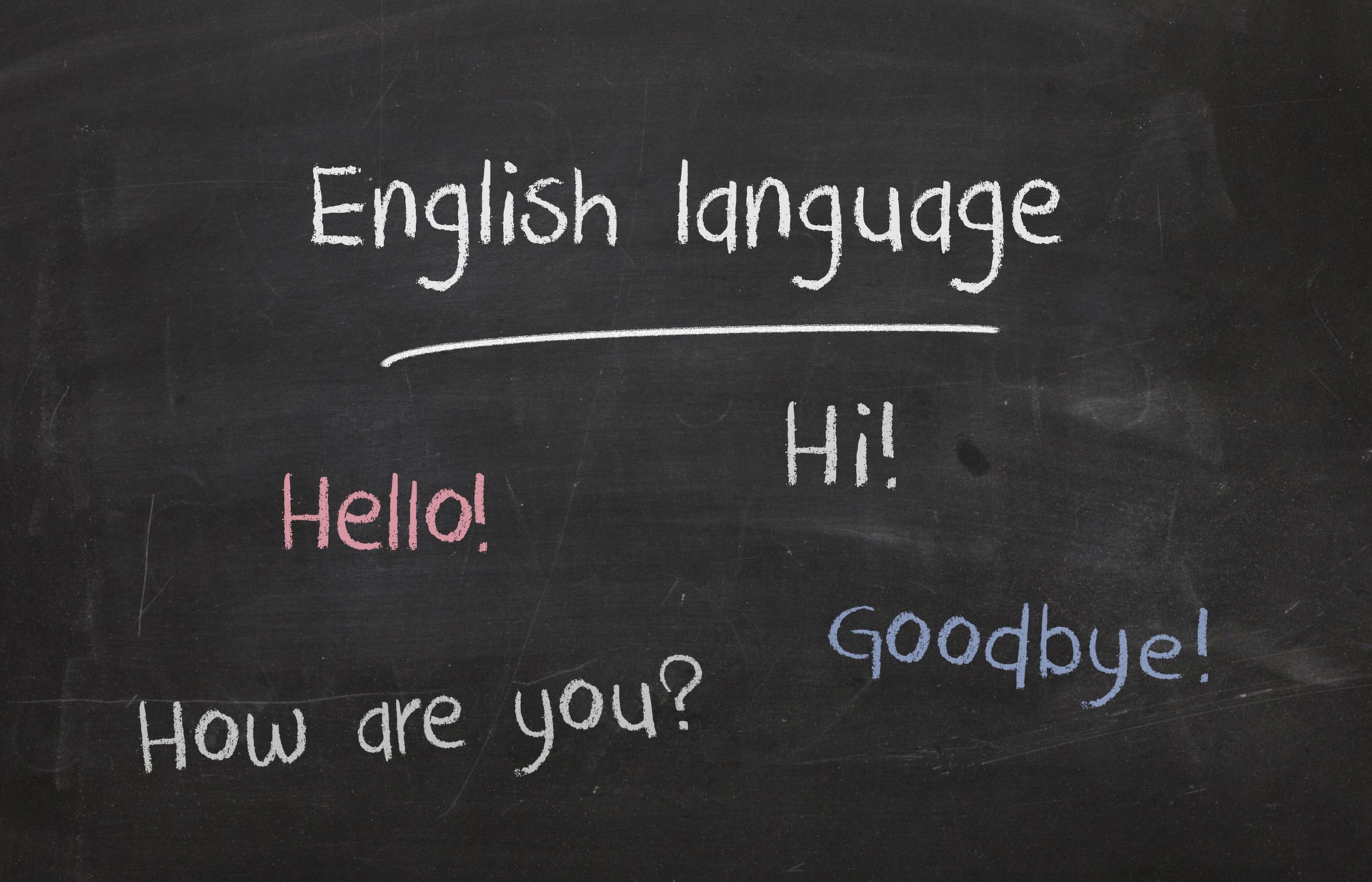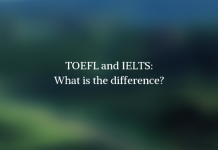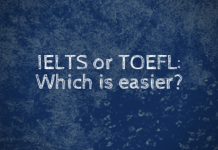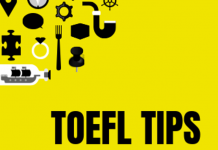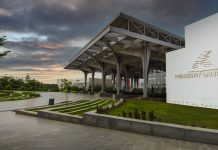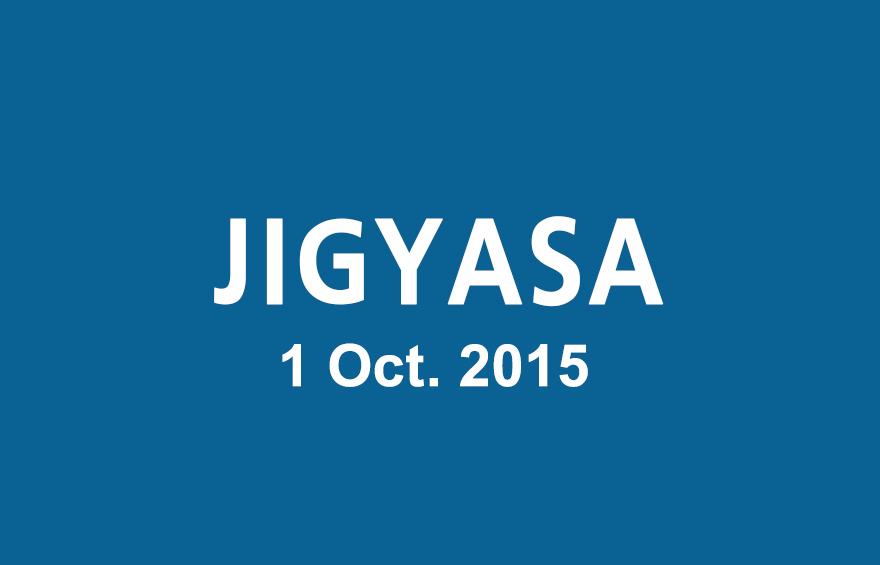
We are living in an increasingly connected world. The imprints of other cultures, societies and economies are littered in our daily lives. The smartphone we use might be assembled in China, the clothes we wear might be manufactured in a factory in Bangladesh or South-East Asia, the fast food joints we frequently visit might be from a small state in USA(Hint: Kentucky), and the company we are working for might be a multi-national corporation. Â Globalisation has been taking place for centuries albeit at a slow pace. We would be focusing on the contemporary impacts of globalisation on Indian society.
How is Globalisation Defined?
Nayer and Stoudmann (Definitions of Globalization: A Comprehensive Overview and a Proposed Definition) saw globalization as a process that encompasses the causes, courses, and consequences of transnational and transcultural integration of human and non-human activities.
Thomas Friedman (It’s a Flat World After All)  defines globalization into three stages; globalization 1.0, 2.0 and 3.0. According to Friedman, globalization 1.0, which dates to 1492, involved countries globalizing for resources. In globalization 2.0 (1800–2000), companies globalized for labor and markets. In 3.0, the current stage, companies are seeking to globalize down to small groups of people, or even individuals.
Globalisation means different things to different people. Economists consider it as a step towards a fully integrated world market. Some political scientists view it as a march away from the conventionally defined concept of the state.
The sovereignty of the state is challenged with the emergence of non-governmental power players in the world order. Globalisation is not an event, rather a process which originated with the liberalisation and privatisation of the economic sectors. It aims for the establishment of a borderless world.
What are the factors aiding globalisation?
1) Technology – Â has reduced the speed of communication by many folds. The phenomenon of social media in the recent world has made distance insignificant.
The integration of technology in India has transformed jobs which required specialized skills and lacked decision-making skills to extensively-defined jobs with higher accountability that require new skills, such as numerical, analytical, communication and interactive skills. As a result of this, more job opportunities are created for people.
2) LPG Reforms – The 1991 reforms in India have led to greater economic liberalisation which has in turn increased India’s interaction with the rest of the world.
3) Faster Transportation – Improved transport, making global travel easier. For example, there has been a rapid growth in air-travel, enabling greater movement of people and goods across the globe.
4) Rise of WTO – The formation of WTO in 1994 led to reduction in tariffs and non-tariff barriers across the world. It also led to the increase in the free trade agreements among various countries.
5) Improved mobility of capital – Â In past few decades there has been a general reduction in capital barriers, making it easier for capital to flow between different economies. This has increased the ability for firms to receive finance. It has also increased the global interconnectedness of global financial markets.
6) Rise of MNCs – Multinational corporations operating in different geographies have led to a diffusion of best practices. MNCs source resources from around the globe and sell their products in global markets leading to greater local interaction.
Economic Impacts on Indian Society
1) Greater Number of Jobs – The advent of foreign companies and growth in economy has led to job creation. There are greater number of jobs in the private sector now. Although these jobs are concentrated more in the services sector. This has led to a rapid growth of services sector creating problems for individuals with low level of education in the agriculture and manufacturing sector. The last decade is also known for its jobless growth as job creation was not proportionate to the level of economic growth.
2) More choice to consumers – Globalisation has led to a boom in consumer products market. We have a range of choice in selecting a new car unlike the times where there were just a couple of manufacturers. Electronic goods are being offered by companies from all over the world. Similarly daily fast moving consumer goods like soaps, perfumes, clothes are being offered by n number of brands.
3) Higher Disposable Incomes – People in cities working in high paying jobs have greater income to spend on lifestyle goods. There has been an increase in the demand of products like meat, egg, pulses, organic food as a result. It has also led to ‘protein inflation’.
4) Shrinking Agricultural Sector – Agriculture now contributes only about 15% to GDP. The international norms imposed by WTO and other multilateral organizations has reduced government support to agriculture. Coupled with the greater integration of global commodities markets leading to constant fluctuation in prices. This has increased the vulnerability of Indian farmers. Â Farmers are also increasingly dependent on seeds and fertilizers sold by MNCs like Monsato.
5) Increasing Health-Care costs – The greater connectedness of the world has also led to the increasing susceptibility to diseases. Whether it is the bird-flu virus or Ebola greater investment in health-care system is required to increase its capacity to withstand such epidemics. It has also led to increasing cost of healthcare for individuals.
6) Child Labour – Despite prohibition of child labor by the Indian constitution, over 60 to a 115 million children in India work. Â While most rural child workers are agricultural laborers, urban children work in manufacturing, processing, servicing and repairs. Globalization most directly exploits an estimated 300,000 Indian children who work in India’s hand-knotted carpet industry, which exports over $300 million worth of goods a year. Uncounted other children work in less formal sectors, such as the incense industry, used both domestically and exported.
Socio-Cultural Impact on Indian Society
1) Access to education – On one hand globalisation has aided in the explosion of information on the web that has helped in greater awareness among people. It has also led to greater need for specialisation and promotion of higher education in the country. On the flip side the advent of private education, coaching classes and paid study material has created a gap between the haves and have-nots. It has become increasingly difficult for an individual to obtain higher education.
2) Growth of cities – It has been estimated that by 2050 more than 50% of India’s population will live in cities. The boom of services sector and city centric job creation has led to increasing rural to urban migration.
3) Nuclear Families – The increasing migration coupled with financial independence has led to the breaking of joint families into nuclear ones. The western influence of individualism has led to an aspirational generation of youth. Concepts of national identity, and of family, job and tradition are changing rapidly and significantly.
4) Old Age Vulnerability – The rise of nuclear families has reduced the social security that the joint family provided. This has led to greater economic, health and emotional vulnerability of old age individuals.
5) Â Pervasive Media – There is greater access to news, music, movies, videos from around the world. Foreign media houses have increased their presence in India. India is part of the global launch of Hollywood movies which is very well received here. It has a psychological, social and cultural influence on our society.
6) McDonaldization – A term denoting the increasing rationalization of the routine tasks of everyday life. Â It becomes manifested when a culture adopts the characteristics of a fast-food restaurant. McDonaldization is a reconceptualization of rationalization, or moving from traditional to rational modes of thought, and scientific management.
7) Walmartization – A term referring to profound transformations in regional and global economies through the sheer size, influence, and power of the big-box department store Wal-Mart. It can be seen with the rise of big businesses which have nearly killed the small traditional businesses in our society.
Psychological Impact on Indian Society
1) Development of Bicultural Identity – The first is the development of a bicultural identity or perhaps a hybrid identity, which means that part of one’s identity is rooted in the local culture while another part stems from an awareness of one’s relation to the global world.  The development of global identities is no longer just a part of immigrants and ethnic minorities.  People today especially the young develop an identity that gives them a sense of belonging to a worldwide culture, which includes an awareness of events, practices, styles and information that are a part of the global culture.  Media such as television and especially the Internet, which allows for instant communication with any place in the world, play an important part in developing a global identity.
A good example of bicultural identity is among the educated youth in India who despite being integrated into the global fast paced technological world, may continue to have deep rooted traditional Indian values with respect to their personal lives and choices such as preference for an arranged marriage, caring for parents in their old age.
2) Growth of Self-Selected Culture – means people choose to form groups with like-minded persons who wish to have an identity that is untainted by the global culture and its values. The values of the global culture, which are based on individualism, free market economics, and democracy and include freedom, of choice, individual rights, openness to change, and tolerance of differences are part of “western values.† For most people worldwide, what the global culture has to offer is appealing.  One of the most vehement criticisms of globalization is that it threatens to create one homogeneous worldwide culture in which all children grow up wanting to be like the latest pop music star, eat Big Macs, vacation at Disney World, and wear blue jeans, and Nikes.
3) Emerging Adulthood – The timing of transitions to adult roles such as work, marriage and parenthood are occurring at later stages in most parts of the world as the need for preparing for jobs in an economy that is highly technological and information based is slowly extending from the late teens to the mid-twenties. Â Additionally, as the traditional hierarchies of authority weaken and break down under the pressure of globalization, the youth are forced to develop control over their own lives including marriage and parenthood. The spread of emerging adulthood is related to issues of identity.
4) Consumerism – Consumerism has permeated and changed the fabric of contemporary Indian society.Western fashions are coming to India: the traditional Indian dress is increasingly being displaced by western dresses especially in urban areas. Â Indian MTV, soap television, and films set a stage for patterns of behavior, dress codes and jargon. Â There is a changing need to consume more and more of everything.
Globalisation is an age old phenomenon which has been taking place for centuries now. We can  experience it so profoundly these days because of its increased pace. The penetration of technology and new economic structures are leading to an increased interaction  between people. As with other things there have been both positive and negative impacts on India due to it.
References:
https://en.wikipedia.org/wiki/Globalization_effects_on_India
http://www.yourarticlelibrary.com/essay/globalisation-and-its-impact-on-indian-society/47112/
http://www.economicshelp.org/blog/401/trade/what-caused-globalization/
http://www.legalservicesindia.com/article/article/impact-of-globalization-and-its-effect-on-society-1395-1.html






